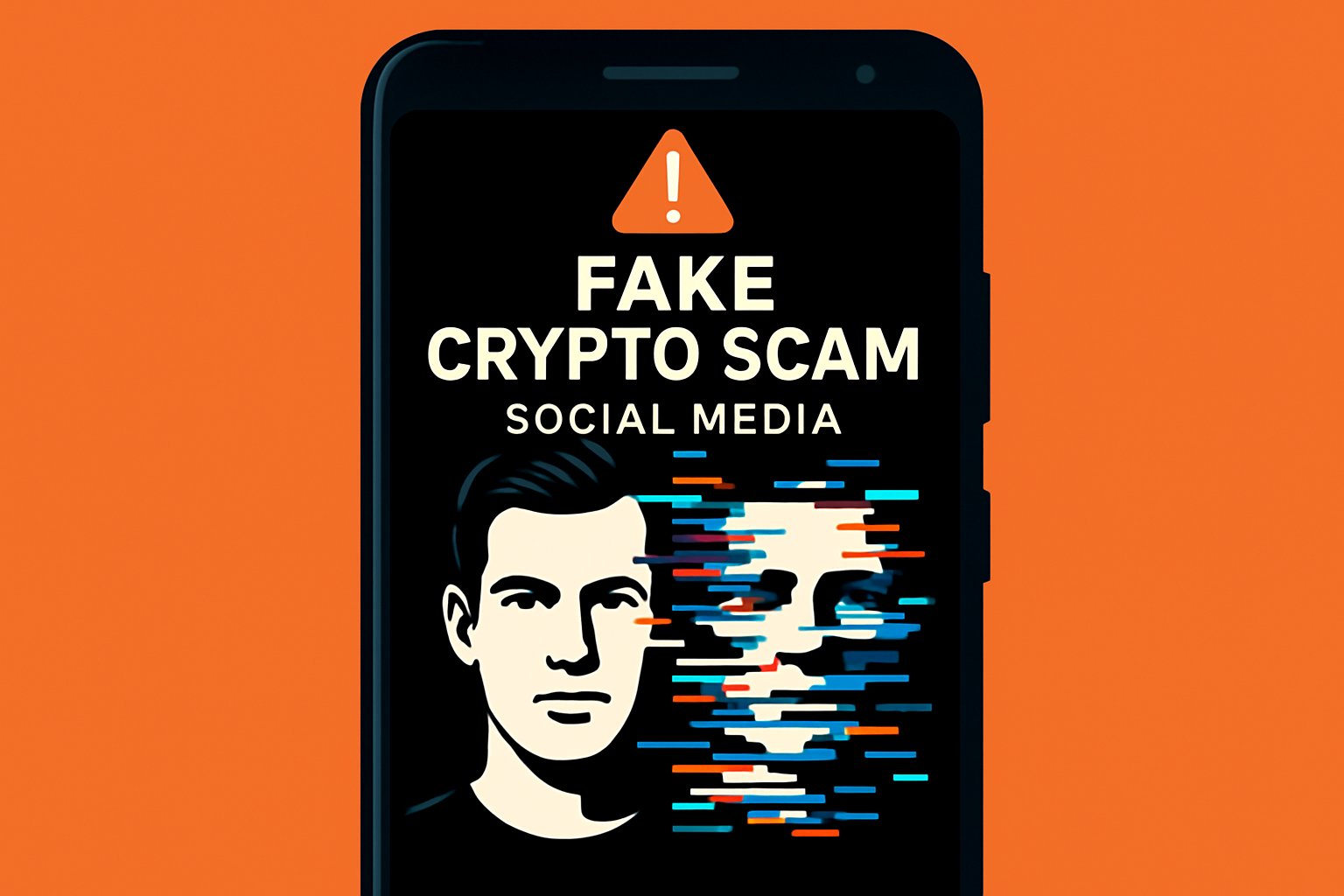
AI CERTS
22 hours ago
Buffett Issues Urgent Deepfake Warning to Investors
Buffett has likened AI fraud growth to the atomic bomb era, underscoring the gravity. Furthermore, Deloitte forecasts generative-AI fraud could reach forty billion dollars annually by 2027. Platforms say they are improving detection, yet enforcement gaps remain highly visible.
This article unpacks the warning, the mechanics behind the scams, and practical defenses. Along the way, readers will see why provenance tools help but cannot stand alone. Meanwhile, industry certifications offer structured ways to build technical resilience against synthetic attacks. Understanding these dynamics is essential before the next viral fake drains another wallet.
Buffett Issues Deepfake Warning
On November seventh, Berkshire released a statement titled “It’s Not Me,” alerting audiences to forged clips. Reuters reported that the audio clearly did not match Buffett’s distinctive Nebraska cadence. However, the visuals and subtitles fooled casual viewers searching for investment advice.

- Videos appeared on YouTube, TikTok, and other Social Media in coordinated bursts.
- Many promoted Crypto Scams disguised as limited-time bitcoin giveaways.
- Scammers urged users to scan QR codes that linked to fraudulent exchanges.
Berkshire’s Deepfake Warning emphasized that unfamiliar audiences could easily mistake fiction for fact. Consequently, the company urged immediate reporting of any suspicious Buffett content. These incidents mark only the visible tip of a growing impersonation iceberg, setting the stage for cost analysis.
Rising Impersonation Fraud Costs
Financial damage linked to AI-driven Impersonation is climbing at breakneck speed. Deloitte estimates losses will triple from twelve billion in 2023 to forty billion dollars by 2027. Moreover, the current Deepfake Warning cycle shows previous corporate cases where single transfers exceeded twenty five million dollars.
The FBI advisory from May 2025 highlighted voice cloning attacks targeting both consumers and enterprises. In contrast, many victims never realized the call was synthetic until funds vanished. Social Media amplifies the reach, letting one fake video trigger thousands of parallel Crypto Scams instantly.
The fluctuating numbers still reveal one truth: Impersonation now represents a mainstream cybercrime category. Therefore, organizations must quantify exposure before considering mitigation investments discussed next.
Platforms Struggle With Enforcement
YouTube, TikTok, and Meta maintain policies against manipulated media, yet enforcement remains patchy. Media Matters identified clusters of accounts reposting identical Buffett deepfakes across multiple Social Media channels. Additionally, NewsGuard tests found watermark metadata often vanished during re-uploads, hampering automated detection.
Platforms employ hashing, audio fingerprints, and AI classifiers to catch fakes at scale. Nevertheless, scammers tweak frames, pitch, and compression to evade those safeguards. Subsequently, monetization pipelines sometimes approve ads that push Crypto Scams before moderators intervene.
Enforcement gaps give malicious actors crucial hours to redirect unsuspecting investors. Consequently, industry discussion now focuses on augmenting technical defenses, our next topic.
Defense Tools And Limits
Developers promote watermarking standards like C2PA to signal synthetic origin within file metadata. Moreover, Meta released visible watermark options for AI video, aiming for instant viewer recognition. University of Waterloo researchers subsequently stripped those marks with open-source code, proving limitations.
Detection vendors combine facial movement analysis, spectral voice cues, and contextual signals for higher accuracy. However, real-time streaming remains difficult because latency budgets limit deep analysis. The broader Deepfake Warning community agrees layered controls beat any single approach.
Defensive innovation continues, yet each new Deepfake Warning proves criminals adapt equally fast. Therefore, the conversation shifts toward collective action across stakeholders.
Mitigation Steps For Stakeholders
Companies should create escalation playbooks for suspected Impersonation events, including comms and payment freezes. Buffett's recent Deepfake Warning also stresses proactive workforce readiness. Furthermore, employee training must highlight voice cloning risks alongside traditional phishing modules. Professionals can enhance their expertise with the AI Network Security™ certification.
Consumers meanwhile should cross-check offers against official websites before clicking any referral links. Additionally, they should report Crypto Scams to the FBI IC3 portal and platform abuse channels. Regulators could require transparent ad libraries, tightening revenue incentives for fraudulent content.
- Enable multi-factor authentication on brokerage and exchange accounts.
- Verify video source handles using platform account badges.
- Pause transfers until independent voice callbacks confirm authenticity.
These simple controls cut attack success rates by significant margins. Consequently, broader policy alignment becomes the next hurdle.
Regulatory And Ethical Debates
Policymakers globally weigh content provenance mandates against free expression concerns. The EU Digital Services Act already imposes risk assessments on very large online platforms. In contrast, United States agencies rely more on post-incident enforcement and voluntary frameworks.
Advocates argue ad systems profit from viral deepfakes, creating moral hazard. Meanwhile, platforms counter that aggressive takedowns can mistakenly silence satire or political dissent. The original Deepfake Warning has reignited these discussions during legislative hearings.
Consensus remains elusive despite shared recognition of escalating harm. Therefore, industry forecasting guides the strategic outlook detailed next.
Future Outlook And Action
Analysts expect generative models to grow more lifelike, complicating technical detection further. Nevertheless, provenance standards will mature, making large-scale removal of marks harder. Additionally, synthetic media literacy should enter school curricula, normalizing healthy skepticism.
Enterprises that adopt layered controls plus certified talent will outperform laggards facing repeated Impersonation incidents. The Buffett Deepfake Warning offers a high-profile cue for urgent investment in safeguards. Social Media firms that prioritize rapid response may regain user trust lost during earlier scandals.
The arms race will continue without a single definitive victory. Consequently, proactive adaptation remains the only sustainable strategy.
Ultimately, every stakeholder has an actionable stake in curbing AI-enabled fraud. Moreover, practical steps already exist, from watermark adoption to user education. The repeated Deepfake Warning appearing across newsfeeds underscores the stakes for retirees and corporations alike. Consequently, readers should audit current controls, join threat-sharing communities, and pursue advanced credentials. Visit the linked certification to gain structured skills and lead your organization toward resilient defenses. Additionally, share this guidance across company Social Media feeds to multiply awareness. Act now before the next Deepfake Warning arrives on your screen without notice.



